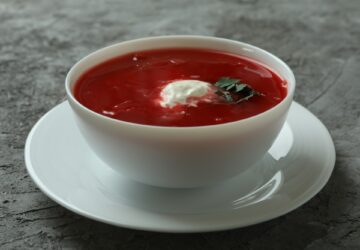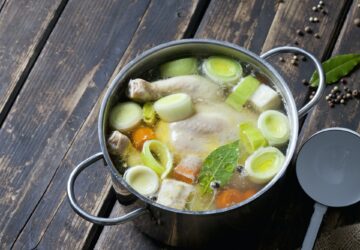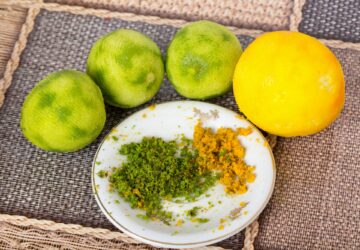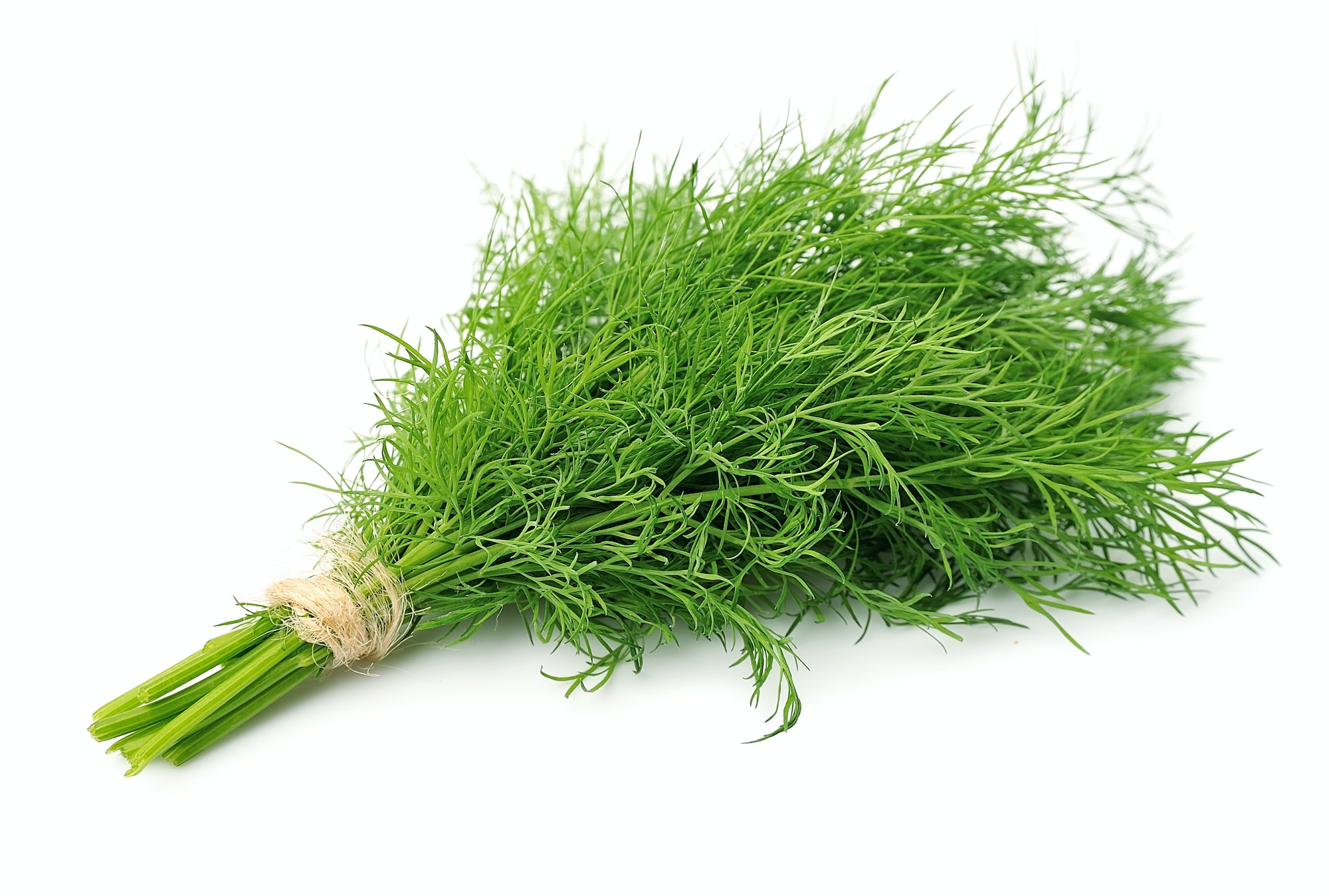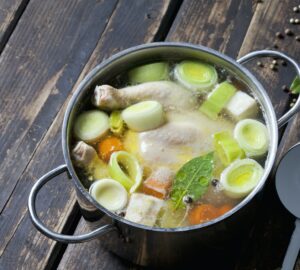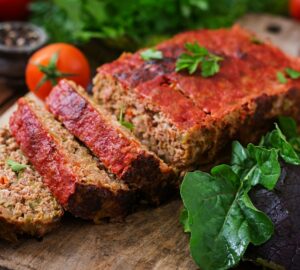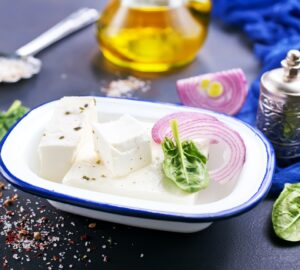Dill, scientifically known as Anethum graveolens, is an aromatic herb native to the Mediterranean region and southern Russia. This versatile and flavorful herb has been used for thousands of years, both for its culinary and medicinal properties. In this article, we will delve into the history of dill and its uses in the kitchen, as well as provide tips on growing and storing this delightful herb.
A Brief History of Dill
Dill has a long and rich history, dating back to ancient civilizations. The herb was highly valued by the Egyptians for its medicinal qualities and was used in their embalming rituals. The Greeks and Romans also prized dill for its culinary and medicinal uses. In fact, the name “dill” is derived from the Old Norse word “dilla,” which means “to soothe” or “to lull,” a reference to the herb’s calming effects.
Culinary Uses of Dill
Dill is known for its feathery, fern-like leaves and delicate yellow flowers. The leaves, commonly called dill weed, have a fresh, slightly tangy flavor with hints of anise and parsley. Dill weed is a popular ingredient in a variety of dishes, including salads, soups, sauces, and fish dishes. One of the most well-known culinary applications of dill is in the preparation of pickles, where its unique flavor helps create the classic taste of dill pickles.
The seeds of the dill plant, which have a stronger and slightly bitter flavor, can be used as a spice in their whole or ground form. Dill seeds are often used in bread, stews, and pickling brines.
To maintain the flavor and aroma of dill in your dishes, it is best to add the fresh leaves towards the end of the cooking process, as prolonged exposure to heat can diminish their taste.
Growing and Storing Dill
Dill is a relatively easy herb to grow in your garden or in containers. It prefers well-draining soil and full sunlight, and can be grown from seeds or transplants. To store fresh dill, wrap the stems in a damp paper towel and place them in a plastic bag in the refrigerator, where they can last for up to a week. If you have an abundance of dill, you can also freeze or dry the leaves for long-term storage. Dried dill, though less flavorful than fresh, can still be used in many recipes.
To dry dill, simply tie the stems together and hang them upside down in a well-ventilated area away from direct sunlight. Once the leaves are completely dry, you can store them in an airtight container in a cool, dark place.
Dill is a delightful herb with a rich history and a myriad of culinary uses. Its unique flavor can elevate a variety of dishes, from salads and soups to sauces and pickles. Growing and storing dill is a simple process, allowing you to enjoy this wonderful herb in your favorite recipes year-round. Embrace the world of dill and discover the many ways this aromatic herb can enrich your culinary experiences and become a staple in your garden.
